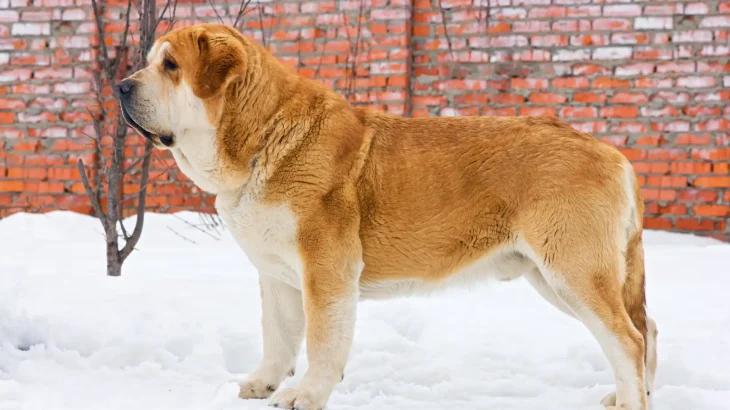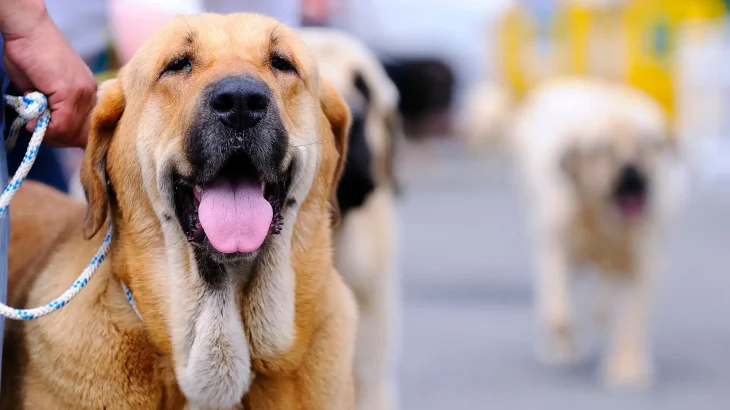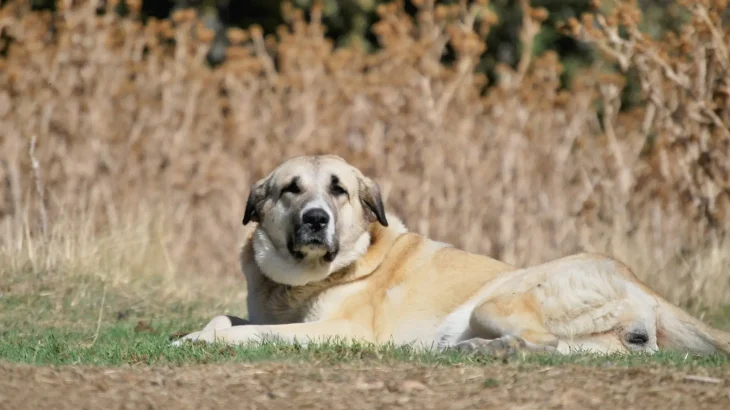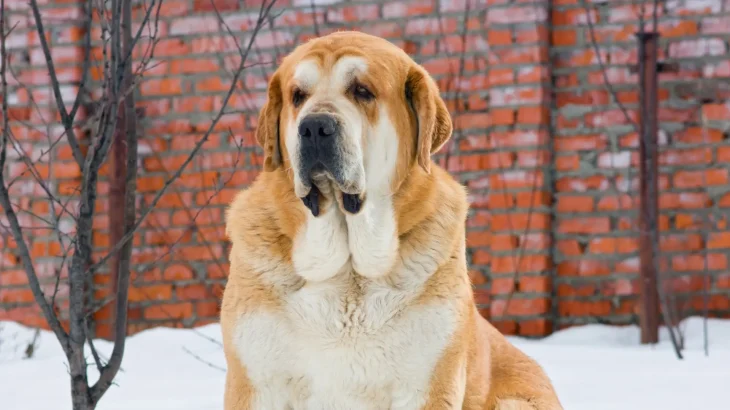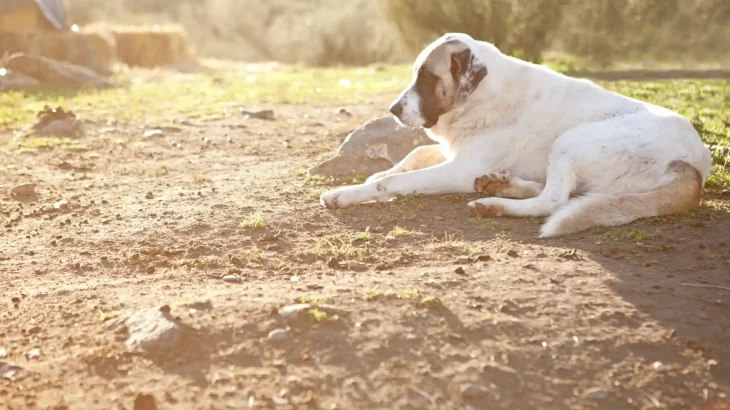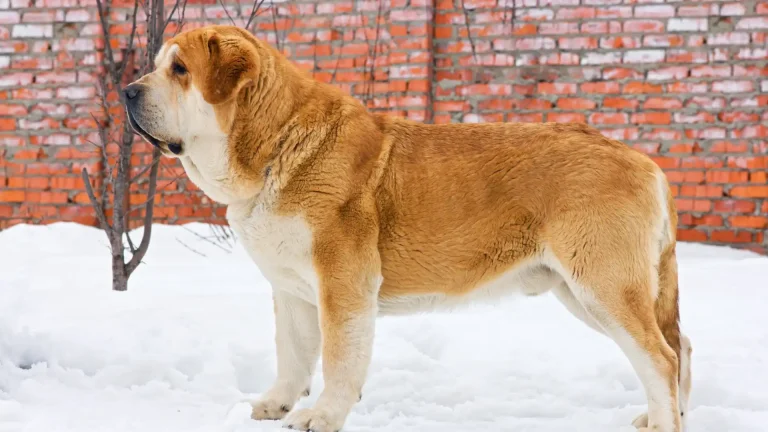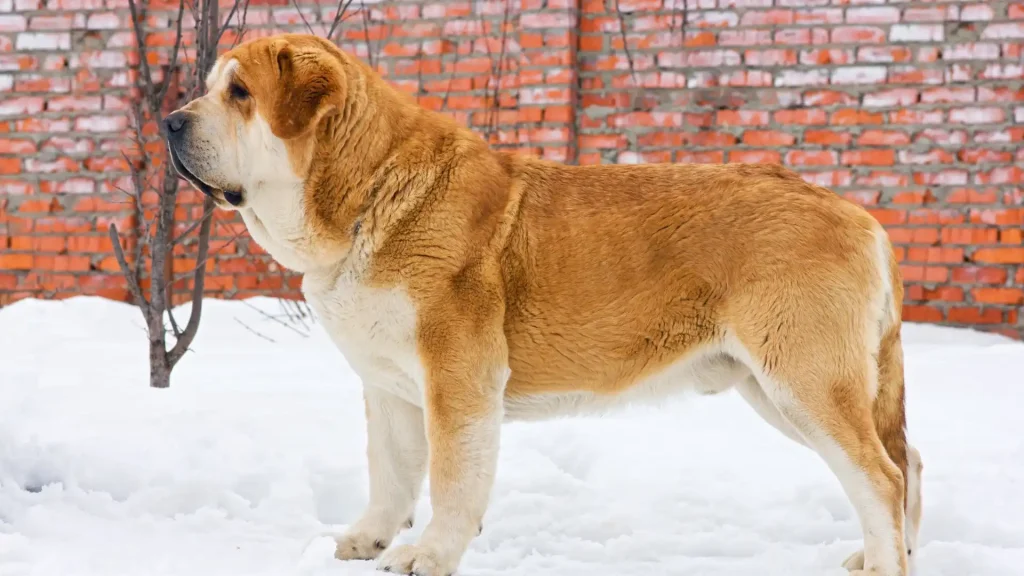Deciding whether to adopt or purchase a Spanish Mastiff puppy involves weighing factors like health transparency and ethical considerations. Purchasing from a breeder generally offers more precise information on the puppy's lineage and potential health risks, while adoption contributes to giving a home to dogs in need, often with less certainty about their background.
Adoption vs. Breeder: Pros & Cons
| Criteria | Buying from Breeder | Adopting from Shelter/Rescue |
|---|---|---|
| Cost | Higher initial cost due to purebred status and pedigree verification. | Lower fees, generally more budget-friendly. |
| Health History | Comprehensive health screenings and detailed records. | Health history may be limited; usually basic checks done. |
| Age Availability | Mostly puppies, enabling early bonding and training. | All ages, often adults who may be trained. |
| Temperament Insight | Info based on lineage and puppy behavior. | Shelter staff can share observed behaviors; full background may be missing. |
| Ethical Considerations | Important to choose responsible breeders to avoid poor practices. | Supports animal welfare by rescuing dogs and reducing overpopulation. |
| Breed Purity & Pedigree | Clear documentation ensures purebred status. | Breed purity often uncertain, less critical for some adopters. |

